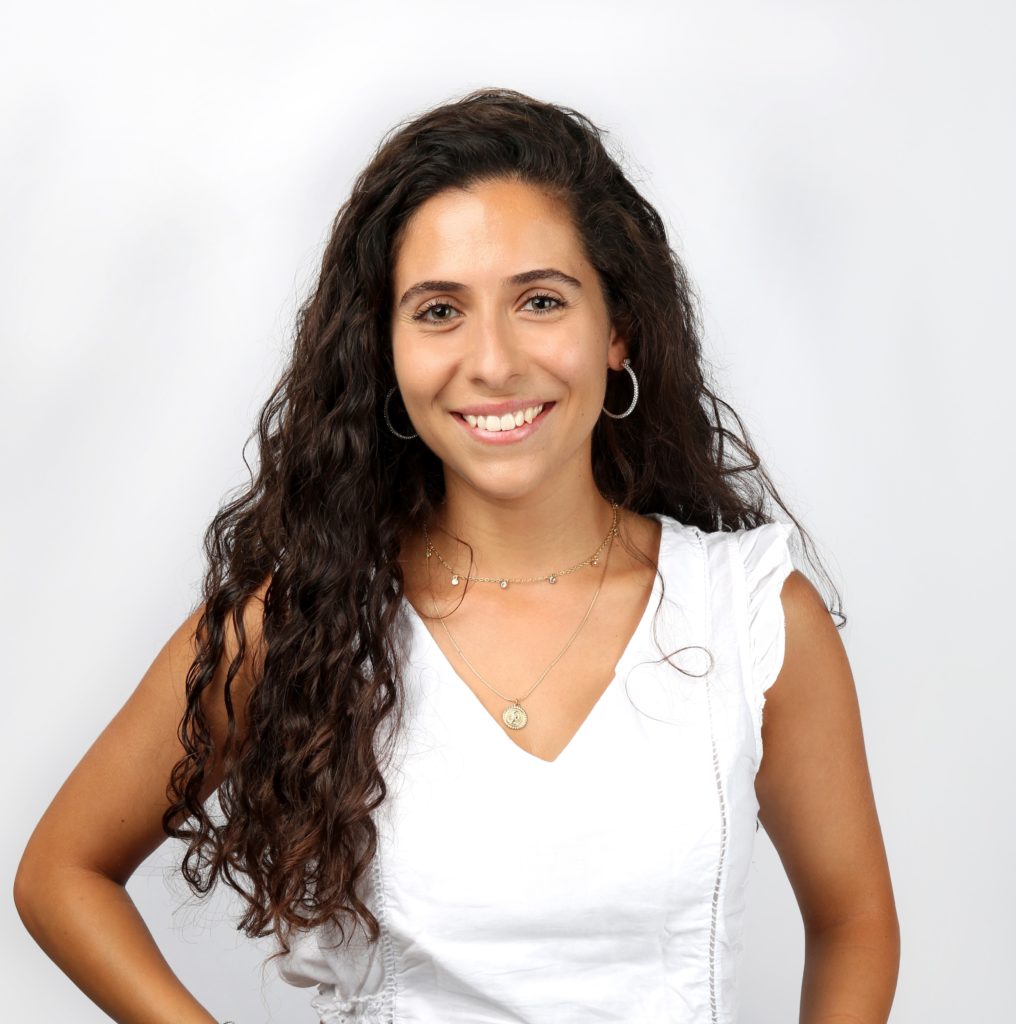
The predictive power of latent narratives from social-media on economic behavior

Almog Gueta is an MSc Data Science and Engineering student at the Technion. She researches in the field of Computational Social Science in the NLP lab, under the supervision of Prof. Roi Reichart. She holds a BSc in Data Science and Engineering. Almog manages the ProWoman Technion-Microsoft branch, an organization that promotes women to leadership and management positions in the industry.
Predicting the aggregate behavior of individuals lies at the heart of macroeconomics research to understand current economic activity and future growth. While research is abundant on predicting macroeconomic behavior using economic indicators, very few attempts to incorporate language-based signals were made. Specifically, the potential power of economic narratives, popular opinions regarding the current state of the economy and society in predicting future economic activity was hardly explored. As individuals are often affected by popular beliefs and act in accordance with their expectations regarding the future, economic narratives could shed light on a current blind spot of economic research.
To incorporate such narratives into macroeconomic prediction models, we use the information from social media outlets to predict subsequent economic activity. Using financial and macro-economic data, we design neural models capable of employing narratives to predict fluctuations in the economy. In tandem with the macroeconomic data, we gather tweets from Twitter and incorporate them into our models. We then experiment with several machine learning models, which differ by their input data, financial or textual or both, and by the algorithms used.
Early results suggest that incorporating linguistic-based signals and economic indicators improves the predictive power of the neural models. In future work, we will implement variations and optimizations to our learning models to show if and when narratives are predictive of the underlying economic activity. Hopefully, this research will shed light on how narratives fluctuate along the business cycle and their relation to economic fundamentals.
Predicting the aggregate behavior of individuals lies at the heart of macroeconomics research to understand current economic activity and future growth. While research is abundant on predicting macroeconomic behavior using economic indicators, very few attempts to incorporate language-based signals were made. Specifically, the potential power of economic narratives, popular opinions regarding the current state of the economy and society in predicting future economic activity was hardly explored. As individuals are often affected by popular beliefs and act in accordance with their expectations regarding the future, economic narratives could shed light on a current blind spot of economic research. To incorporate such narratives into macroeconomic prediction models, we use the information from social media outlets to predict subsequent economic activity. Using financial and macro-economic data, we design neural models capable of employing narratives to predict fluctuations in the economy. In tandem with the macroeconomic data, we gather tweets from Twitter and incorporate them into our models. We then experiment with several machine learning models, which differ by their input data, financial or textual or both, and by the algorithms used. Early results suggest that incorporating linguistic-based signals and economic indicators improves the predictive power of the neural models. In future work, we will implement variations and optimizations to our learning models to show if and when narratives are predictive of the underlying economic activity. Hopefully, this research will shed light on how narratives fluctuate along the business cycle and their relation to economic fundamentals.
| 8:45 | Reception |
|---|---|
| 9:30 | Opening words by WiDS TLV ambassadors Or Basson and Noah Eyal Altman |
| 9:40 | Dr. Kira Radinski - Learning to predict the future of healthcare |
| 10:10 | Prof. Yonina Eldar - Model-Based Deep Learning: Applications to Imaging and Communications |
| 10:40 | Break |
| 10:50 | Lightning talks |
| 12:20 | Lunch & Poster session |
|---|---|
| 13:20 | Roundtable session & Poster session |
| 14:05 | Roundtable closure |
| 14:20 | Break |
| 14:30 | Dr. Anna Levant - 3D Metrology: Seeing the Unseen |
| 15:00 | Aviv Ben-Arie - Counterfactual Explanations: The Future of Explainable AI? |
| 15:30 | Closing remarks |
| 15:40 | End |
© 2018-2022 WiDS TLV – Intuit. All rights reserved.
Scotty – By Nir Azoulay
Design: Sharon Geva